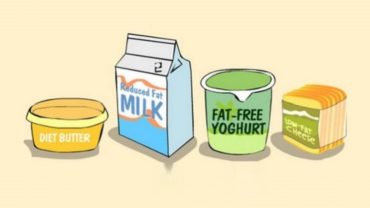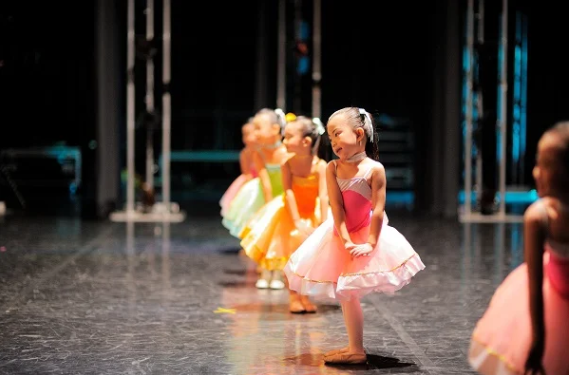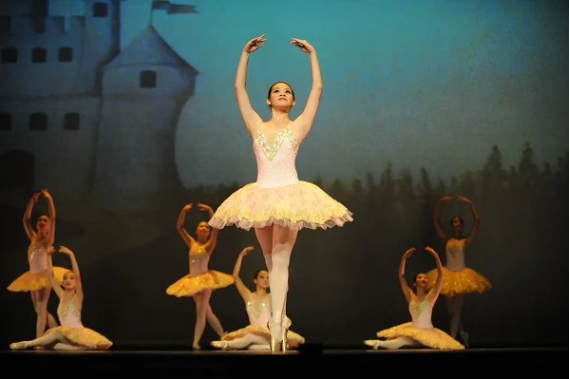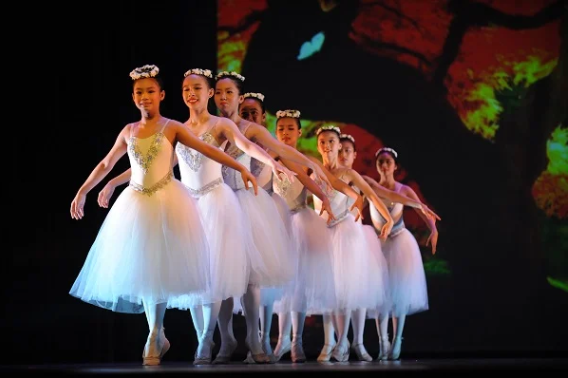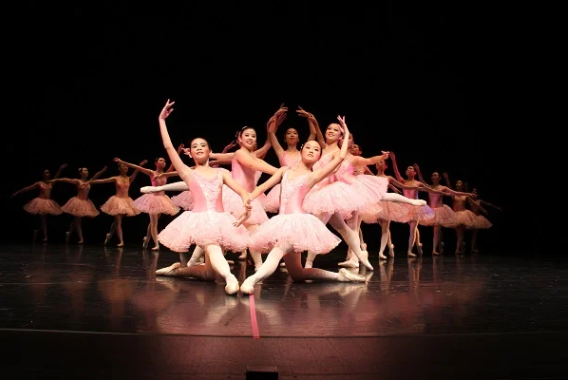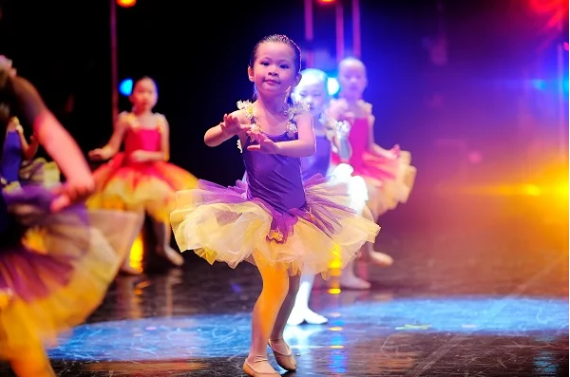Close your eyes and picture and engineer. You probably weren’t envisioning Debbie Sterling. Debbie Sterling is an engineer and founder of GoldieBlox, a toy company out to inspire the next generation of female engineers. She has made it her mission in life to tackle the gender gap in science, technology, engineering and math.
GoldieBlox is a book series+construction set that engages kids to build through the story of Goldie, the girl inventor who solves problems by building simple machines. Debbie writes and illustrates Goldie’s stories, taking inspiration from her grandmother, one of the first female cartoonists and creator of “”Mr. Magoo.”” Her company, launched in 2012, raised over $285,000 in 30 days through Kickstarter, and has been featured in numerous publications such as The Atlantic and Forbes.
Prior to founding GoldieBlox, Debbie served as the Marketing Director of Lori Bonn, a national jewelry company. For the past 7 years, she has also served as a brand strategy consultant for a wide variety of organizations including Microsoft, T-Mobile, Organic Valley and the New York Knicks.
Debbie’s inspiration to create a mission-driven company came in 2008, when she spent 6 months volunteering at a grassroots nonprofit in rural India. She created a viral fundraising campaign called “”I Want a Goat,”” raising over $30,000 for economic and educational development in the region. This experience helped pave the way to finding her true passion: inspiring the next generation of female engineers.
Debbie completed her degree in engineering at Stanford (Product Design, ’05) and currently lives with her husband in San Francisco.




